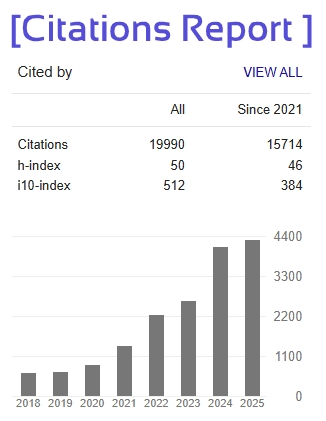Advancing Employee Attrition Prediction Through Graph-Based Learning and XAI
Mohammad Rahman
Student, Computer Science and Engineering
Guru Nanak Institutions Technical Campus (Autonomous)
Hyderabad, Telangana, India- 501506
rahman91340@gmail.com
Mrs. G. Srujana Bharathi Assistant Professor,
Computer Science
and Engineering
Guru Nanak Institutions Technical Campus (Autonomous)
Hyderabad, Telangana, India- 501506
gsbharathi.csegnitc@gniindia.org
Narsing Nithish Kumar
Student, Computer Science and Engineering
Guru Nanak Institutions Technical Campus (Autonomous)
Hyderabad, Telangana, India- 501506
narsingnithish@gmail.com
Pathakota Prudhvi Raj
Student, Computer Science and Engineering
Guru Nanak Institutions Technical Campus (Autonomous)
Hyderabad, Telangana, India- 501506
prudhvirajpathakota@gmail.com
Abstract—Employee turnover remains a significant concern for organizations around the world. While advanced machine learning models have shown potential in forecasting employee attrition, their real-world application is often constrained by the inability to capture the complex relational patterns within tabular HR datasets. To overcome this limitation, this research presents an innovative approach that transforms conventional employee records into a knowledge graph format, enabling the use of Graph Convolutional Networks (GCNs) for more in-depth feature learning. Beyond mere prediction, the framework integrates explainable artificial intelligence (XAI) methodologies to identify and interpret the key factors driving employee retention or resignation. The study utilizes a well-known dataset from IBM, comprising 1,470 employee profiles, and compares the proposed model’s performance against five widely-used machine learning algorithms. Notably, our enhanced linear Support Vector Machine (L-SVM), augmented with features derived from the knowledge graph, achieved a remarkable accuracy of 92.5%. Furthermore, the application of XAI techniques offered valuable insights into critical variables such as job satisfaction, job involvement, and workplace environment, which heavily influence turnover behavior. This research not only advances predictive modeling in human resource analytics but also empowers organizations with data-driven strategies to effectively mitigate employee attrition.







